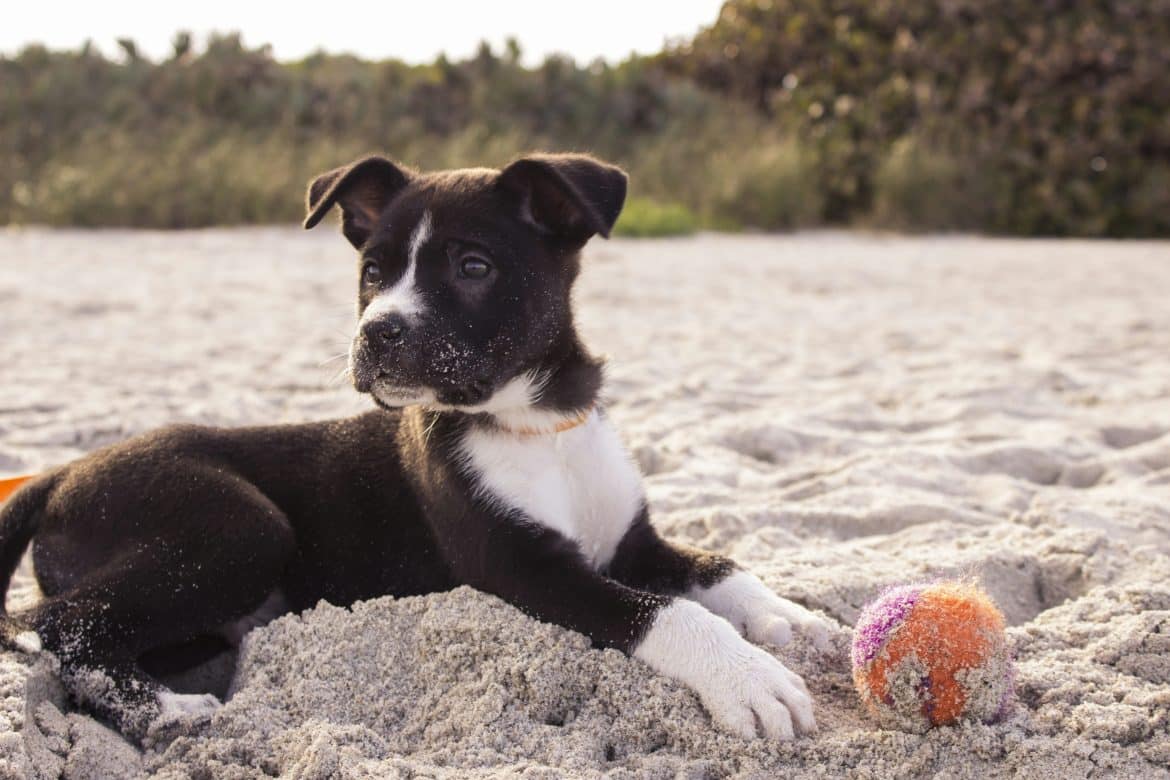In the "Beginner's Guide to Training Puppies: Teaching the 'Drop It' Command," you will discover valuable insights on how to effectively train your furry friend to let go of objects they shouldn't have. This beginner's tutorial is designed specifically for new dog owners seeking guidance in dog training. With step-by-step instructions and practical tips, you'll gain the necessary skills to teach your puppy the vital command of "Drop It." Say goodbye to those moments of frustration when your playful pup clings onto something they shouldn't, and say hello to successful training sessions that promote obedience and discipline.
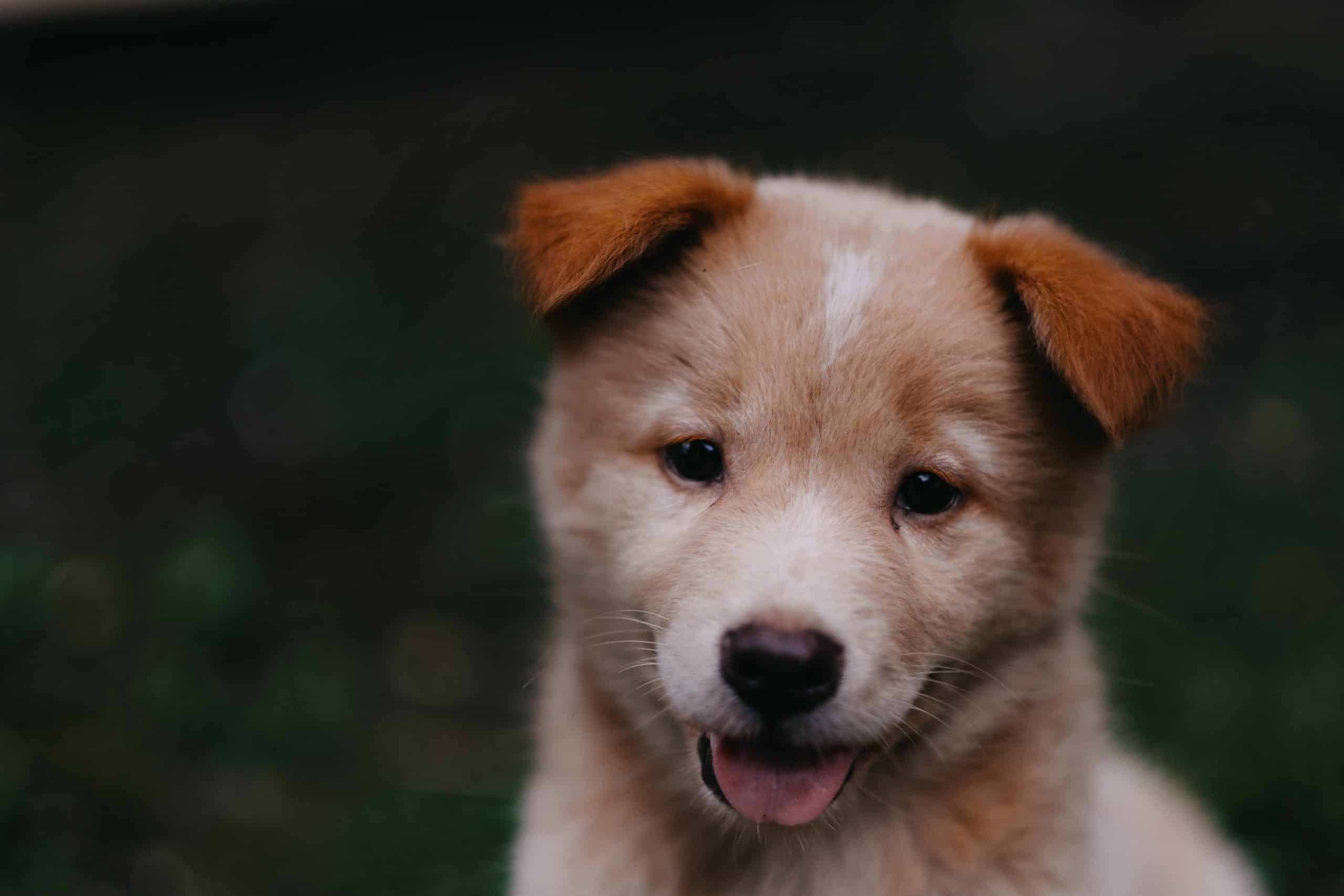
This image is property of images.unsplash.com.
Understanding the 'Drop It' Command
Why teaching the 'Drop It' command is important
Teaching your puppy the 'Drop It' command is of utmost importance for several reasons. First and foremost, it is a crucial element of safety. Puppies naturally explore the world around them by putting various objects in their mouths. However, it's not uncommon for them to grab something that could be harmful, such as small toys, household items, or even toxic substances. By teaching your puppy to 'Drop It' on command, you can quickly and effectively prevent potential dangers.
Furthermore, the 'Drop It' command promotes good manners and prevents unwanted behaviors. Without this command, your puppy may become possessive over toys, food, or other objects, leading to resource guarding and potential aggression. By teaching your puppy to willingly release items, you establish a foundation of trust and cooperation, which is essential for a harmonious relationship between you and your furry friend.
What is the 'Drop It' command and why is it useful
The 'Drop It' command is a verbal cue that instructs your puppy to release whatever object they have in their mouth. This command is incredibly useful in a variety of situations. Imagine your puppy picking up a sock or a shoe, and instead of it turning into a game of chase, you can calmly ask them to drop the item. Additionally, it is particularly handy when your puppy has something dangerous or inappropriate in their possession, as it allows you to swiftly remove the object from their reach without causing stress or harm.
Overall, the 'Drop It' command provides you with an efficient way to communicate with your puppy, reinforcing positive behaviors and ensuring their safety.
The benefits of teaching your puppy the 'Drop It' command
Teaching your puppy the 'Drop It' command boasts numerous benefits that extend beyond safety and manners. Firstly, it enhances the bond and trust between you and your furry companion. By engaging in training together, you establish yourself as a reliable and caring leader. This, in turn, strengthens your relationship and encourages your puppy to look to you for guidance and support.
Moreover, the 'Drop It' command enables you to engage in interactive play with your puppy. Without the fear of objects being swallowed or broken, you can confidently play fetch, tug-of-war, or indulge in any game involving toys. Your puppy will learn to enjoy the playful interaction while understanding when it's time to let go.
Lastly, teaching your puppy the 'Drop It' command prepares them for real-life scenarios. Whether it's at the vet's office or in public places, having control over your puppy's mouth and their ability to release unwanted items can ensure their safety, prevent awkward situations, and make your outings more enjoyable for both of you.
Preparing for Training
Creating a positive training environment
Creating a positive training environment sets the stage for success in teaching your puppy the 'Drop It' command. The first step is to choose a quiet and relatively distraction-free area where you can focus solely on training. A calm environment allows your puppy to concentrate and learn without unnecessary distractions.
Removing any potential hazards from the training area is also crucial. This includes removing any small objects that your puppy might mistake for training items or toys. Additionally, ensure that the space is clean, with no harmful substances or sharp edges that could harm your puppy.
Gathering the necessary training supplies
Before starting the training process, it is essential to gather the necessary training supplies. These include a variety of toys, treats or rewards, and your puppy's leash and collar. Having a selection of different textured toys will help keep your puppy engaged and interested throughout the training sessions. Treats or rewards should be small, soft, and highly desirable, such as small pieces of cooked chicken or commercial dog treats.
Additionally, having your puppy's leash and collar nearby allows you to maintain control during training and redirect their attention if needed. It is important to use a leash and collar that are properly fitted and comfortable for your puppy, ensuring their safety and well-being throughout the training process.
Choosing the right treats or rewards
Choosing the right treats or rewards is vital in motivating your puppy and reinforcing positive behavior during training. The treats should be small, easy to eat, and highly desirable for your puppy. Consider using treats with a strong aroma, as this can help capture your puppy's attention and keep them engaged during the training sessions.
It is also important to use treats that are appropriate for your puppy's age and dietary needs. Consult with your veterinarian to ensure that the treats you choose are safe and suitable for your growing puppy.
Setting aside dedicated training time
Consistency is key when it comes to training your puppy. Setting aside dedicated training time each day ensures that you establish a routine and reinforce the desired behaviors regularly. Aim for short, frequent sessions rather than long, exhaustive ones, as puppies have short attention spans.
Additionally, make sure to choose a time of day when your puppy is alert and not overly tired. Right after a meal or a play session may not be the best time for training, as your puppy might be more interested in resting or exploring. By selecting the appropriate time, you increase the chances of a successful training session and a positive learning experience for your puppy.
Step-by-Step Training Process
Establishing a foundation of trust and cooperation
Before diving into teaching the 'Drop It' command, it is important to establish a foundation of trust and cooperation with your puppy. This involves building a strong bond through positive interactions and regular training sessions. Engage in activities that strengthen your puppy's trust in you, such as gentle handling, playtime, and providing a safe and nurturing environment.
By earning your puppy's trust and establishing yourself as a reliable leader, you lay the groundwork for a successful training journey.
Building your puppy's understanding of 'Drop It' with basic commands
Building your puppy's understanding of 'Drop It' begins with teaching them basic commands such as "sit" and "stay." These commands establish communication and obedience, paving the way for more complex instructions like 'Drop It.'
Start by practicing basic commands in a controlled environment. Use treats or rewards to reward your puppy for correctly following the commands. The goal is to reinforce their understanding of cause and effect, where following a command leads to a positive outcome.
Introducing the 'Drop It' command with a toy
After your puppy has a good grasp of basic commands, you can begin introducing the 'Drop It' command using a toy. Start by engaging in a game of tug-of-war or fetch, ensuring that your puppy has a firm grip on the toy.
Once you're ready to ask your puppy to drop the toy, present them with a highly desirable treat while using the verbal cue 'Drop It.' As your puppy releases the toy to take the treat, provide verbal praise and encouragement. Repeat this process multiple times to reinforce the association between the command and the behavior.
Gradually increasing the difficulty level
As your puppy becomes more proficient with the 'Drop It' command, gradually increase the difficulty level. Begin by introducing distractions into the training environment, such as noises or other toys. This helps your puppy practice focus and self-control while remaining attentive to your command.
You can also practice 'Drop It' outdoors or in unfamiliar locations to challenge your puppy's abilities in different environments. This helps them generalize the command and respond reliably, regardless of the surroundings.
Reinforcing the 'Drop It' command in various scenarios
To ensure that your puppy fully understands and obeys the 'Drop It' command, it is important to reinforce it in various scenarios. Practice the command with different objects, such as socks, shoes, or household items. This helps your puppy differentiate between appropriate and inappropriate items to pick up.
Additionally, consider creating scenarios that mimic real-life situations. For example, pretend to drop a pill on the ground and ask your puppy to 'Drop It.' This prepares them for situations where they may encounter potentially harmful objects.
Positive Reinforcement Techniques
Using treats as rewards
Treats are one of the most effective forms of positive reinforcement when training your puppy. They serve as immediate rewards and reinforce desired behaviors. When using treats as rewards, it is important to choose ones that your puppy finds highly enticing. Soft, chewy treats or small pieces of cooked meat can be particularly motivating for puppies.
Utilizing verbal praise and encouragement
Alongside treats, utilizing verbal praise and encouragement is crucial during the training process. Puppies crave approval from their owners and respond positively to kind and encouraging words. Be generous with your praise, using a happy and enthusiastic tone of voice. Simple phrases such as "Good job!" or "Well done!" can go a long way in boosting your puppy's confidence and reinforcing the learning experience.
Incorporating clicker training
Clicker training is a popular positive reinforcement technique that can be highly effective in teaching the 'Drop It' command. The clicker provides a distinct sound that signals to your puppy that they have performed the desired behavior correctly. When your puppy drops an object upon hearing the click, immediately reward them with a treat and verbal praise. Over time, your puppy will associate the sound of the clicker with positive outcomes, making it a powerful training tool.
Experimenting with different rewards
While treats are generally a reliable reward, it can be beneficial to experiment with different types of rewards to keep your puppy engaged and motivated. Some puppies may respond better to verbal praise, while others may be more motivated by playtime or access to a favorite toy. Understanding what rewards your puppy finds most valuable can help tailor your training approach to their individual preferences.
Avoiding punishment-based methods
When teaching the 'Drop It' command or any other training command, it is crucial to avoid punishment-based training methods. Punishment can lead to fear, anxiety, and a breakdown in the trust and bond between you and your puppy. Instead, focus on positive reinforcement techniques that reward and encourage desired behaviors. This not only creates a more enjoyable learning environment but also fosters a stronger connection between you and your furry companion.
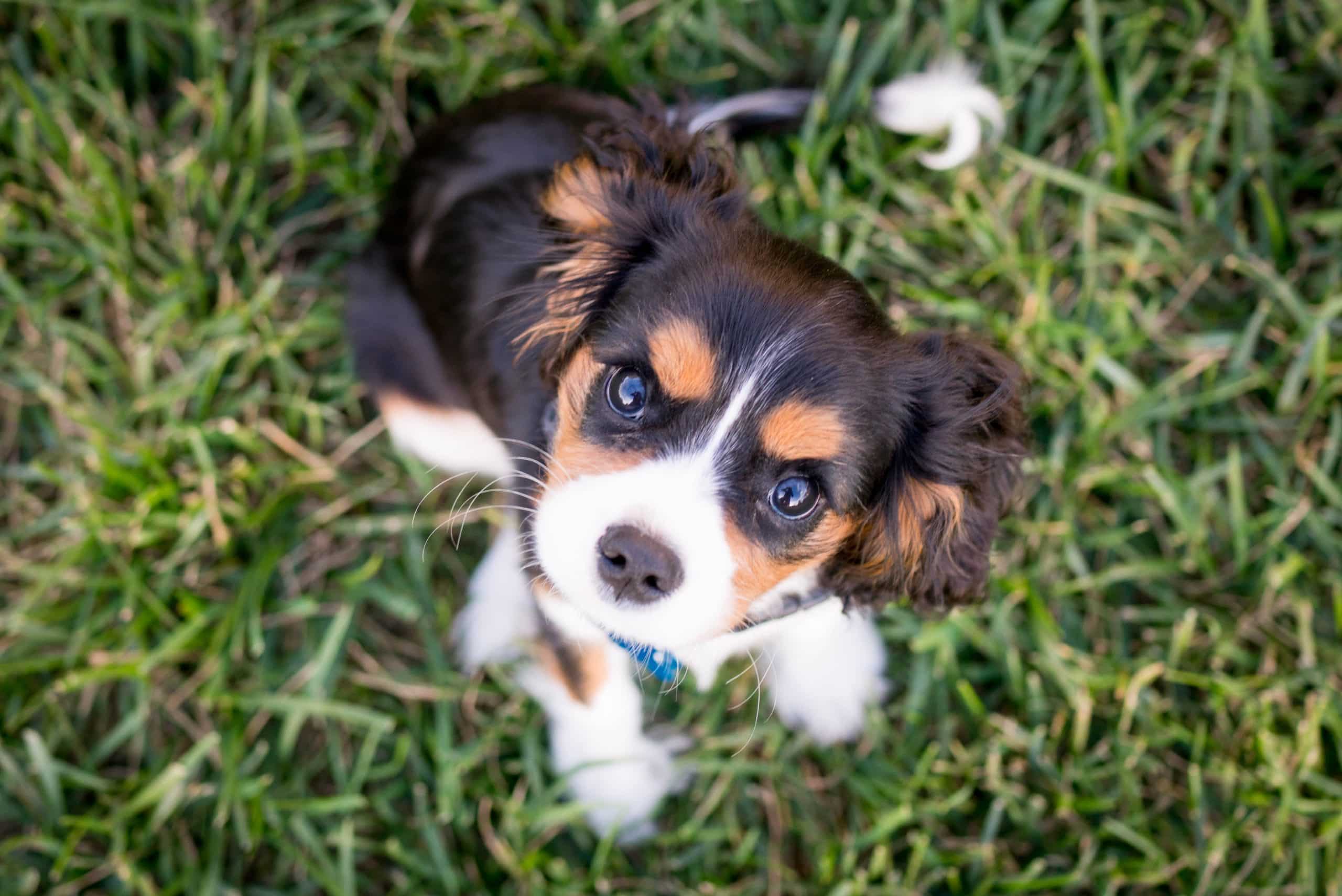
This image is property of images.unsplash.com.
Common Challenges and Troubleshooting
Dealing with stubbornness or resistance
It's not uncommon for puppies to exhibit stubbornness or resistance during training. If your puppy refuses to drop an item or shows signs of hesitation, it's essential to remain patient and persistent. Avoid using force or punishment, as this can create negative associations with the command.
Instead, try modifying your approach. Use higher-value treats or rewards to increase your puppy's motivation. Break down the training process into smaller steps, gradually building up to the full 'Drop It' command. Consider seeking guidance from a professional trainer if your puppy continues to struggle with stubbornness or resistance.
Addressing distractions during training
Training in distracting environments is an important aspect of teaching your puppy to 'Drop It' effectively. However, it may initially pose challenges as your puppy's focus may be divided between the command and the distractions around them.
To address distractions, start by practicing in a low-distraction environment and gradually increase the level of distractions as your puppy becomes more proficient. Utilize high-value treats and toys to capture and maintain your puppy's attention during training. With consistent practice and exposure to various distractions, your puppy will learn to refocus on you and the 'Drop It' command.
Handling cases of resource guarding
Resource guarding occurs when a puppy becomes possessive over certain items, such as toys or food, and displays aggressive or protective behaviors to prevent others from taking them away. If you notice resource guarding tendencies in your puppy during the 'Drop It' training, it's important to address the behavior promptly and carefully.
Consult with a professional trainer or a behaviorist who specializes in resource guarding. They can guide you through tailored techniques and exercises to help modify your puppy's behavior and ensure a safe and harmonious living environment.
Modifying the training approach for different breeds
Each breed has its own unique characteristics and traits that may require some modifications to the training approach. Some breeds, such as retrievers, naturally have a stronger instinct to retrieve and drop objects, making the 'Drop It' command easier to teach. On the other hand, breeds with a stronger prey drive or a tendency to guard objects may present additional challenges.
Understanding your puppy's breed-specific tendencies and adjusting the training methods accordingly can greatly enhance the effectiveness of teaching them the 'Drop It' command. Familiarize yourself with your puppy's breed traits and seek guidance from experienced trainers or breed-specific resources to tailor your training approach.
Seeking professional help when needed
In some cases, seeking professional help may be necessary to overcome specific training challenges or behavior issues. Professional trainers or behaviorists have the knowledge and experience to address complex issues and offer personalized guidance.
If you are struggling with teaching your puppy the 'Drop It' command or encountering persistent challenges, don't hesitate to reach out to a professional. They can provide valuable insights, develop a customized training plan, and offer ongoing support to ensure a successful training journey for you and your puppy.
Consistency and Persistence
The importance of consistent training
Consistency is essential when training your puppy, particularly when teaching the 'Drop It' command. Be consistent with your verbal cues, rewards, and expectations. Use the same command word ('Drop It') each time and provide immediate rewards when your puppy successfully obeys. Consistency helps your puppy understand what is expected of them and reinforces the desired behavior.
Being patient and persistent with your puppy
Patience and persistence are key when training your puppy. Remember that puppies are learning and exploring the world around them, which can be overwhelming at times. If your puppy doesn't immediately grasp the 'Drop It' command, remain patient and continue practicing. Celebrate every small success and avoid becoming frustrated or discouraged. With consistent effort and a positive mindset, your puppy will gradually understand and respond to the command.
Practicing the 'Drop It' command in different environments
To ensure that your puppy fully understands and obeys the 'Drop It' command, it is important to practice in various environments. Start in a controlled, distraction-free environment and gradually introduce new elements, such as different rooms in your home or outdoor locations.
Practicing in different environments helps your puppy generalize the command and understand that the 'Drop It' cue applies everywhere, regardless of the surroundings. By consistently practicing in different scenarios, you promote reliability and consistency in your puppy's response.
Repeating training sessions regularly
Consistency also entails regular training sessions. Set a schedule for training sessions and stick to it as closely as possible. Regular repetition reinforces the 'Drop It' command and establishes a routine for both you and your puppy.
Keep in mind that short, frequent training sessions are more beneficial than long, exhausting ones. Aim for several sessions throughout the day, each lasting a few minutes. This keeps your puppy engaged and prevents mental fatigue. Over time, your puppy will develop a better understanding and response to the 'Drop It' command through consistent and regular practice.
Tracking progress and celebrating achievements
Tracking your puppy's progress and celebrating achievements is an important part of the training journey. Keep a record of each training session, noting any improvements, challenges, or breakthrough moments. This allows you to identify patterns and adapt your training methods accordingly.
Additionally, celebrate every small achievement along the way. Recognize and acknowledge when your puppy successfully 'drops it' and responds to the command promptly. Verbal praise, treats, or even a special play session can serve as rewards, reinforcing the positive behavior and creating a positive learning experience for your puppy.
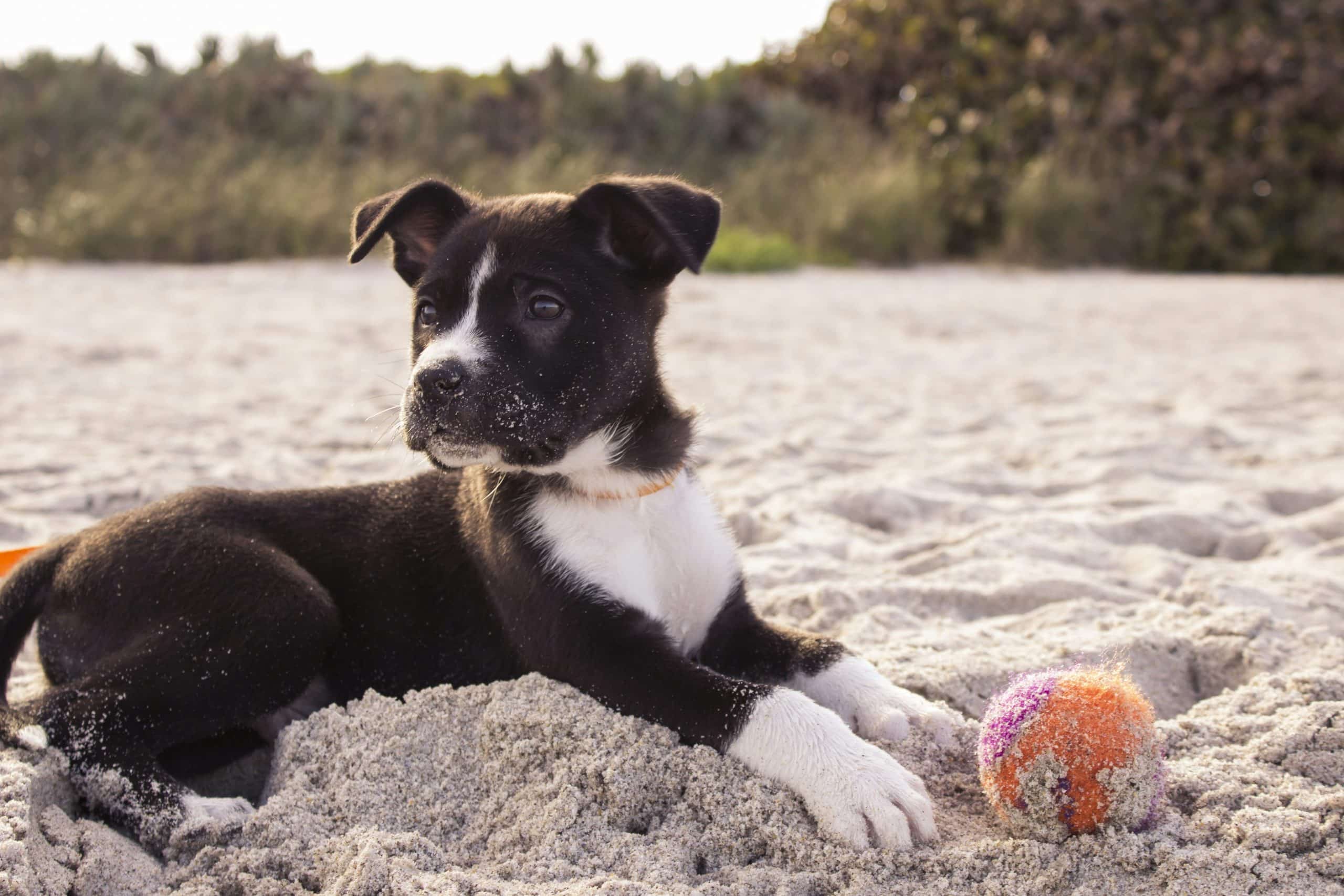
This image is property of images.unsplash.com.
Taking Training to the Next Level
Applying the 'Drop It' command to real-life situations
Once your puppy has a solid understanding of the 'Drop It' command, you can start applying it to real-life situations. This involves practicing the command in different scenarios, such as when your puppy picks up inappropriate items in the house or encounters potentially harmful objects during walks.
By consistently reinforcing the 'Drop It' command in everyday situations, you establish good habits and promote safety for your puppy. This helps prevent accidents and reduces the risk of your puppy ingesting harmful substances or choking hazards.
Continuing obedience training beyond 'Drop It'
While the 'Drop It' command is a valuable skill to teach, it is just one aspect of obedience training for puppies. To ensure your puppy grows into a well-behaved and obedient adult dog, continue their training beyond 'Drop It.'
Build on the foundation you've created through consistent training and positive reinforcement, introducing more advanced commands such as 'Sit,' 'Stay,' and 'Come.' This comprehensive obedience training not only strengthens your puppy's understanding but also provides mental stimulation and promotes a well-rounded canine companion.
Exploring advanced training techniques
As your puppy progresses in their training journey, you may consider exploring advanced training techniques to further enhance their abilities and engage their minds. These techniques may include agility training, scent work, or puzzle-solving activities.
Introducing advanced training techniques keeps your puppy mentally stimulated and allows them to utilize their natural instincts and abilities. It also strengthens the bond between you and your furry friend, opening up new opportunities for learning and growth.
Participating in dog sports and activities
If your puppy shows a particular aptitude or interest in certain activities, consider participating in dog sports or activities. These can include obedience trials, agility competitions, or even therapy dog programs.
Engaging in such activities not only provides mental and physical exercise for your puppy but also strengthens the trust and bond between you both. It allows you to explore new experiences together and enjoy shared accomplishments, further deepening your connection and creating lifelong memories.
Becoming a lifelong learning partner with your puppy
Training doesn't stop once your puppy has mastered the 'Drop It' command or any other skill. Dogs are continually learning and adapting to their environment, and it's important to be their lifelong learning partner.
Continue engaging in training sessions, even as your puppy grows into an adult dog. Take advantage of opportunities to reinforce their existing skills, introduce new commands or tricks, and challenge their mental and physical abilities. Remember, the learning process is a lifelong journey, and your ongoing dedication and support will foster a thriving partnership with your furry companion.
Maintaining a Strong Bond
Understanding the role of training in bonding
Training plays a crucial role in strengthening the bond between you and your puppy. By engaging in training sessions together, you establish yourself as a reliable and trustworthy leader. This fosters a sense of security and builds a strong foundation of mutual respect and understanding.
Training also provides opportunities for positive interactions, praise, and rewards, strengthening the emotional connection between you and your puppy. The shared experiences during training form valuable moments of connection and enhance your overall relationship.
Building trust and mutual respect through training
Training your puppy, including teaching the 'Drop It' command, builds trust and mutual respect between you both. Trust is cultivated through positive reinforcement techniques, where your puppy learns that complying with commands results in rewards and a positive experience.
Mutual respect is established when training is conducted with patience, consistency, and a focus on positive reinforcement. By avoiding punishment and using rewards to encourage desired behaviors, you create an environment that nurtures a respectful and cooperative relationship.
Incorporating other bonding activities
In addition to training sessions, incorporating other bonding activities into your routine can strengthen the bond between you and your puppy. These activities can include regular play sessions, grooming sessions, or simply spending quality time together.
Through play, you can engage in interactive games that promote physical exercise and mental stimulation. Grooming sessions, such as brushing or gentle massages, not only keep your puppy clean and healthy but also provide opportunities for bonding and trust-building. Most importantly, dedicating quality time to your puppy, away from distractions and technology, allows for uninterrupted connection and reinforces your role as their caregiver and companion.
Recognizing and fulfilling your puppy's needs
To maintain a strong bond, it is essential to recognize and fulfill your puppy's needs beyond training. This includes providing them with proper nutrition, regular exercise, and mental stimulation. A well-rounded and fulfilled puppy is more likely to thrive emotionally and develop a deeper connection with you.
Additionally, pay attention to your puppy's emotional needs. Provide a safe and comfortable environment where they feel secure and loved. Engage in activities and adventures that cater to their breed-specific traits and interests. By understanding and responding to your puppy's needs, you create a nurturing and rewarding relationship built on trust and companionship.
Being a consistent and loving companion
To maintain a strong bond with your puppy, consistency and love are vital components. Be consistent in your interactions, expectations, and training methods. By providing clear boundaries and consistently reinforcing positive behaviors, you create a stable environment for your puppy to thrive.
Additionally, show your puppy love and affection on a daily basis. Physical touch, gentle words, and quality time together can significantly impact the strength of your bond. Be a reliable and loving companion to your puppy, and they will reciprocate with unwavering loyalty and affection.
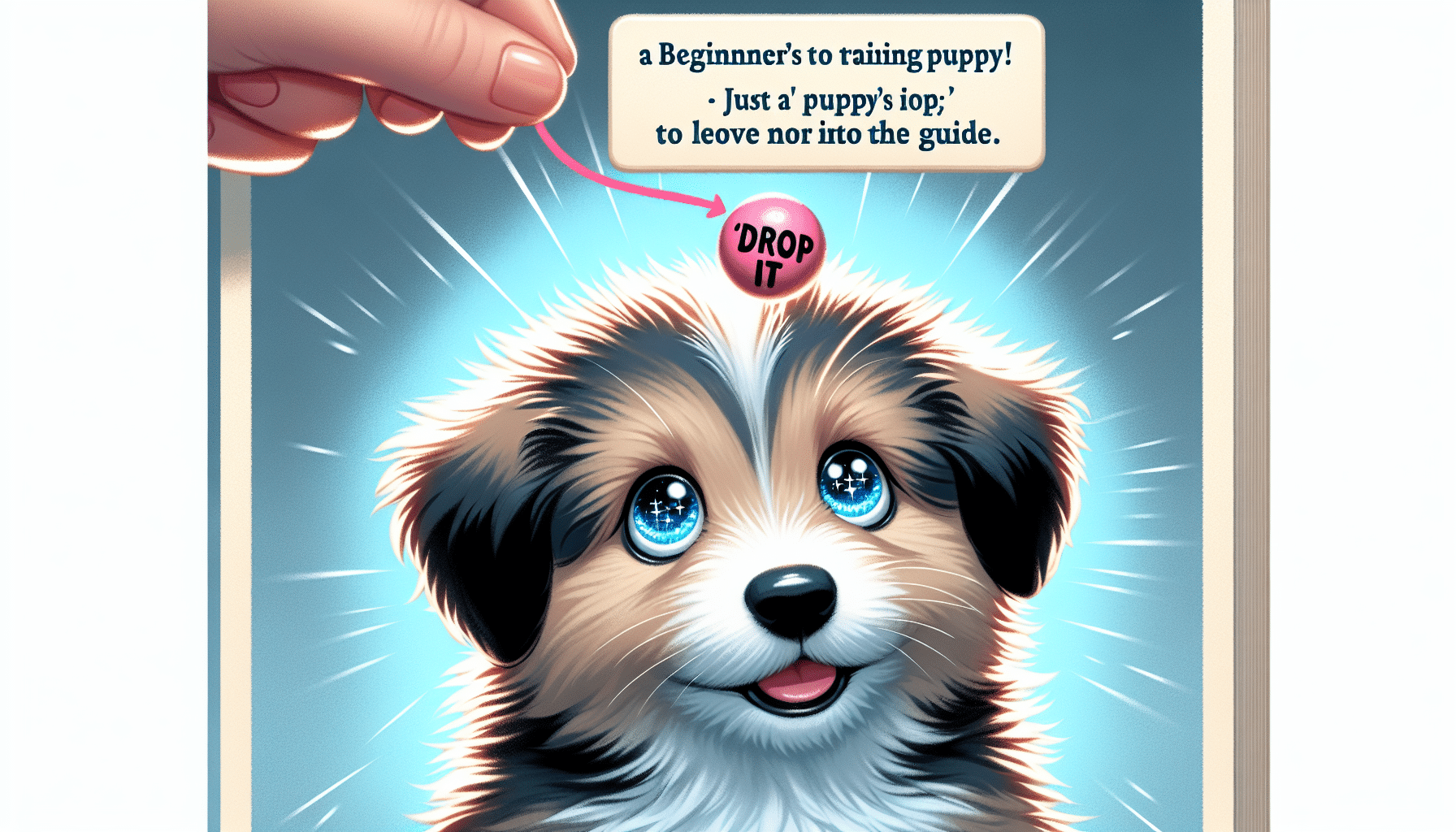
Safety Considerations
Ensuring a safe training environment
Creating a safe training environment is crucial for the well-being of your puppy. Remove any potential hazards or toxic substances from the training area. Ensure that there are no sharp objects, electrical cords, or poisonous plants that your puppy could come into contact with. Creating a safe space allows you to focus on training, knowing that your puppy is protected from harm.
Using appropriate training equipment
When training your puppy, it is essential to use appropriate training equipment for their safety and comfort. Choose a collar and leash that are properly fitted and suited to your puppy's breed and size. Avoid using choke chains or prong collars, as they can cause discomfort or injury.
Additionally, consider utilizing training aids such as clickers or treat pouches to enhance your training experience. These tools can assist in reinforcing positive behaviors and provide you with the means to deliver rewards promptly and efficiently.
Avoiding potential hazards during training
During training sessions, it's important to be mindful of potential hazards that could pose a risk to your puppy. Avoid training in extreme weather conditions, as excessive heat or cold can be harmful to your puppy's well-being. If training outdoors, ensure that the area is secure and free from hazards such as traffic or other animals.
When using toys or objects during training, choose items that do not have small parts that can be easily swallowed or cause choking. Regularly inspect toys for signs of wear and tear, discarding any damaged or broken ones to prevent accidents.
Supervising interactions with other pets or children
When training your puppy, it is crucial to supervise their interactions with other pets or children. Not all animals or individuals may understand or be comfortable with a puppy's exuberance or playful behavior. Supervision ensures that interactions are safe, positive, and respectful for all parties involved.
Teach children how to appropriately interact with your puppy, using gentle and calm motions. Encourage them to respect your puppy's limits and personal space, preventing any rough or aggressive handling. By providing guidance and supervision, you create an environment where your puppy can learn and socialize safely.
Recognizing signs of stress or discomfort in your puppy
Throughout the training process, it is important to be attuned to your puppy's body language and behavior. Recognizing signs of stress or discomfort allows you to adjust your training approach and ensure a positive and stress-free experience for your puppy.
Watch for signs such as excessive panting, trembling, lip licking, or avoidance behaviors. If you notice any signs of stress, take a step back and provide your puppy with a break. Reevaluate your training methods, and if necessary, seek guidance from a professional trainer or behaviorist to address any underlying issues.
Conclusion
Teaching your puppy the 'Drop It' command is a valuable and essential aspect of their training journey. It provides safety, fosters good manners, and strengthens the bond between you and your furry companion. By establishing a positive training environment, using consistent and persistent training techniques, and incorporating positive reinforcement, you can successfully teach your puppy this important command. Through patience, practice, and ongoing dedication, you will not only build a harmonious relationship with your puppy but also enjoy the journey of training and bonding together. So, embrace the adventure, celebrate every milestone, and cherish the unique connection you form with your beloved puppy.


